The National Library of Medicine (NLM) holds over 2000 volumes of Chinese medical classics and a Chinese public health collection with thousands of items including posters, scrolls, pharmaceutical ads, and puzzles. These historical documents chart the remarkable medical discoveries and shifts in medical practice and policy from ancient China to the mid-20th century. This exhibition features traditional Chinese medical texts, anatomical posters, and pharmaceutical ads to explore facets of Chinese medicine from antiquity to modern times.
Early Influences
Before the 6th century AD, Buddhist priests from China introduced Chinese medicine to Korea and Japan. Traveling priests disseminated Chinese medical knowledge throughout these countries more widely during the Tang dynasty (618-907 AD).
Emperors and Physicians
Huang Ti and Shen Nung
The earliest known medical text is attributed to the emperor Huang Ti. Huang-ti Nei ching (The Canon of Internal Medicine), consisting of two treatises, laid the foundations for the classics of Chinese medicine to come. Much like emperor Huang Ti, emperor Shen Nung, now considered the Father of Chinese medicine, provided great contributions through his meticulous study of herbs which is assumed to have led to the writing of Shen-nung pen ts'ao ching (Divine Husbandman's Materia Medica).
Chang Chung-ching and Li Shih-chen
Following Huang-ti Nei ching (The Canon of Internal Medicine), Chang Chung-ching, known as the Hippocrates of China, made profound influences on Chinese medicine, in particularly his writing of 校正傷寒論 or Shang han lun (Treatise on Colds and Fevers). By the Ming dynasty, Li Shih-chen wrote one of the greatest Chinese pharmacopoeias compiling all known herbal medicines since the Huang-ti Nei ching to the late 16th century.
Ancient Texts at NLM
Following the works of some of the most influential Chinese emperors and physicians, other medical contributions across China, Japan, and Korea were made resulting in what is now considered traditional Chinese medicine. These books feature discoveries in acupuncture, surgery, herbal remedies, and early thoughts on communicable diseases.
Anatomical Posters
Traditional Chinese medicine understood the body in energy, or chi, that passes through channels called meridians and connect to the body’s organs and functions. This model of the body is not concerned with anatomy in the way that Western medicine is. Though, in the 1930s a series of anatomical posters produced by the Shanghai Xueyou Books and Art Club and another produced by Shanghai Xinya Bookstore in 1951 show an embracing of Western anatomy into Chinese medicine.
Advertisements
Chinese medicinal compounds were recorded as early as the Han dynasty, 2,000 years ago. Beginning in the 1880s, Western companies—notably Bayer, Hoechst (now Aventis), and Eli Lilly and Company—challenged traditional medicines with the resources of modern capitalism. In turn, Chinese companies entered the new commercial markets. The Tianjin Pharmaceutical Factory, founded in 1921, used western methods to produce and market traditional Chinese medicines. These advertisements illustrate a shift in Chinese medicine that melds the modern and emerging pharmaceutical industries with the foundations of traditional Chinese medicine.
Credits
This exhibition was produced by the National Library of Medicine. This exhibition is drawn from three previous exhibitions:
In 2001, an exhibition called Classics of Traditional Chinese Medicine was prepared by Margaret Feng, Yoshiko Doherty, and Young Rhee of the National Library of Medicine. That website was updated in 2009 by Amanda Smith and Roxanne Beatty.
In 2006, an online exhibition called Chinese Public Health Posters was created from the presentation of Dr. Liping Bu (卜丽萍), titled “Public Health and Chinese Society from 1930s to SARS” at the Seminar in the History of Medicine at the National Library of Medicine on August 15, 2006. That website was developed by Duyan Dang and Young Rhee.
In 2010, an online exhibition called Health For The People: Continuity and Change in Asian Medicine was written by Dr. Liping Bu (卜丽萍) for the National Library of Medicine. That exhibition was designed by Ruth Peyser and implemented by Roxanne Beatty.

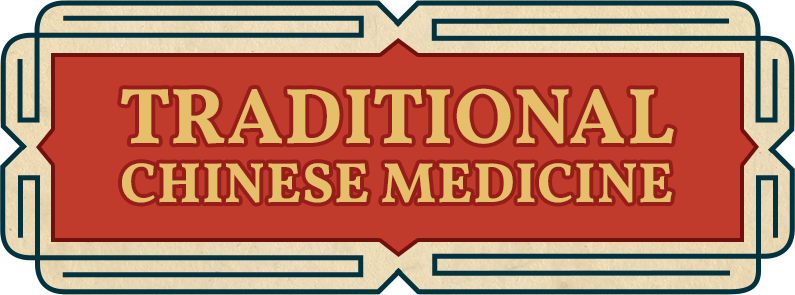
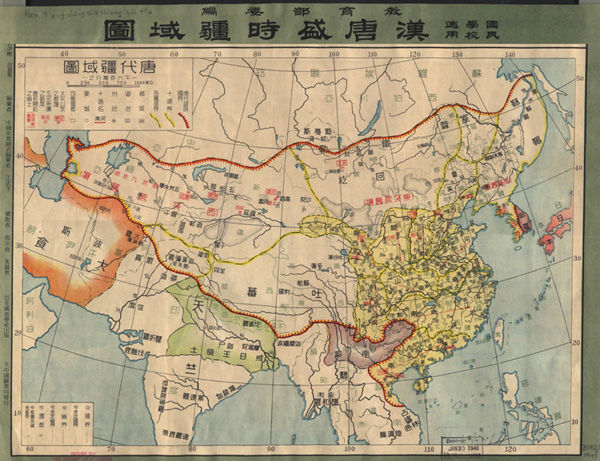
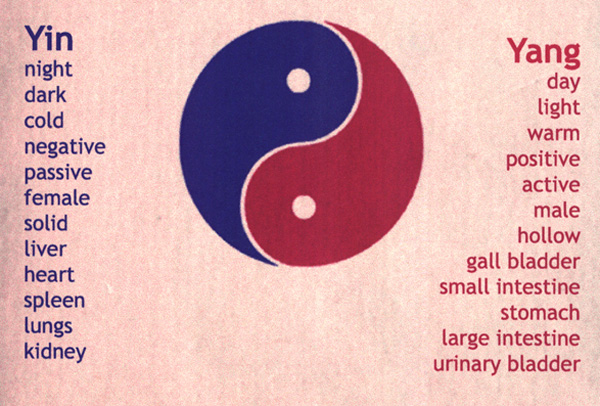
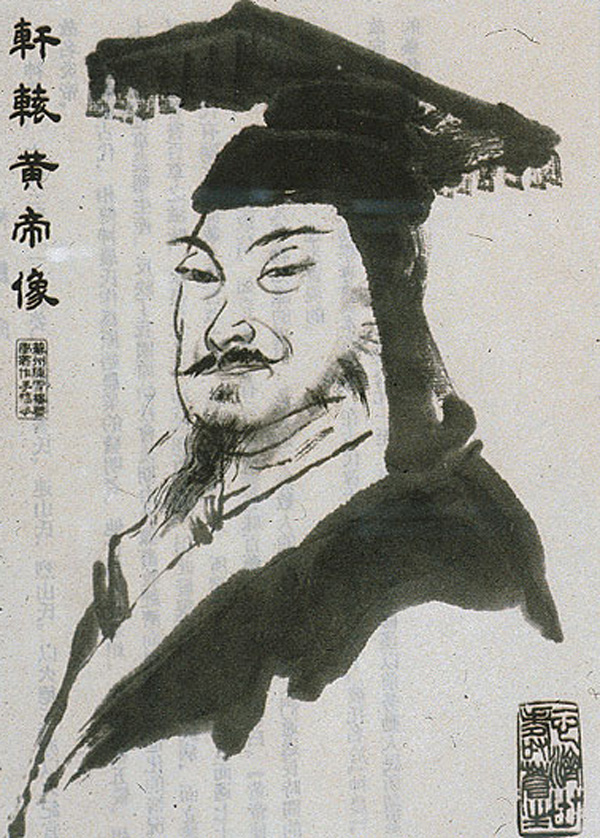
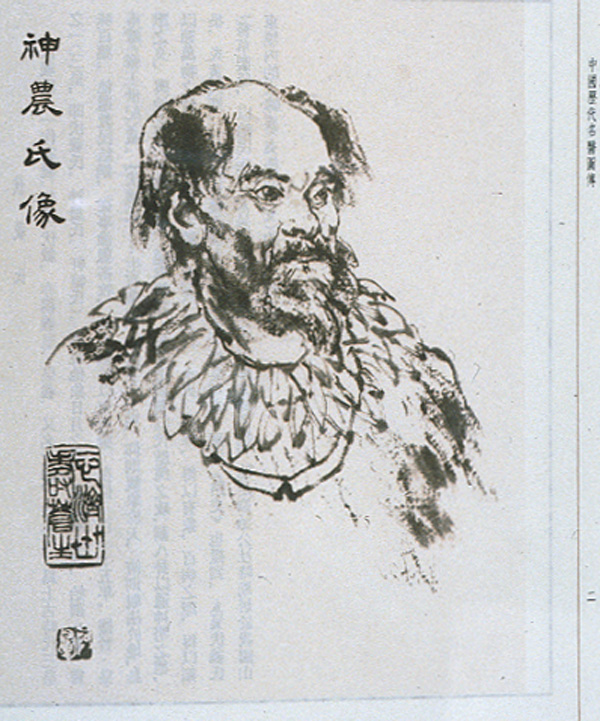
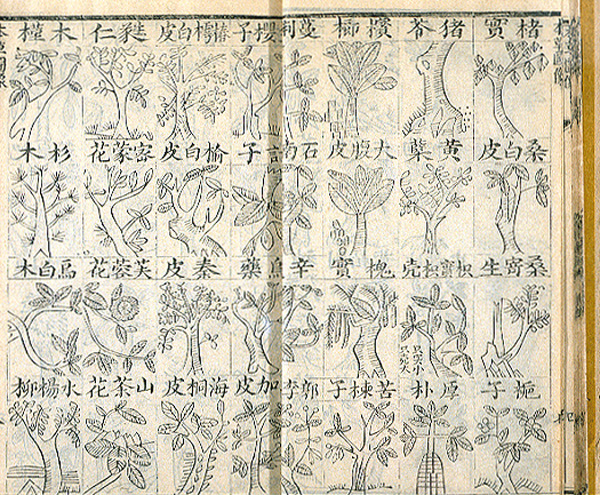
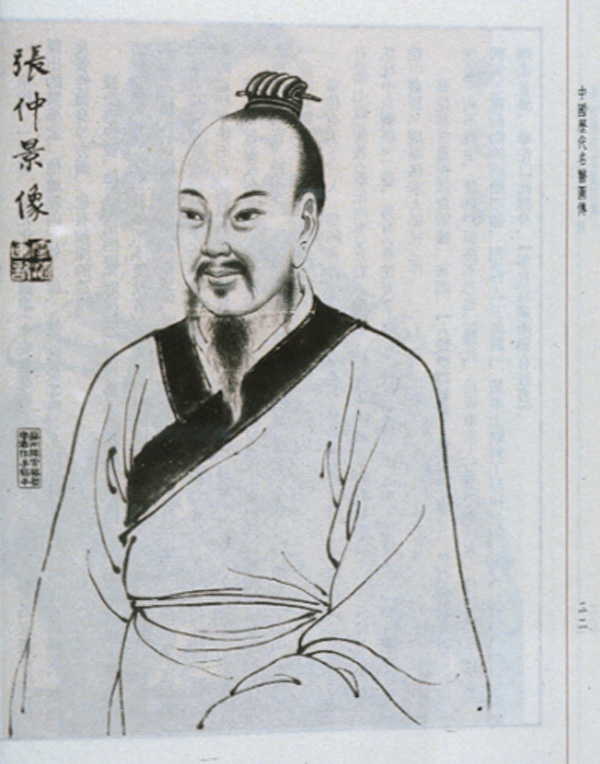
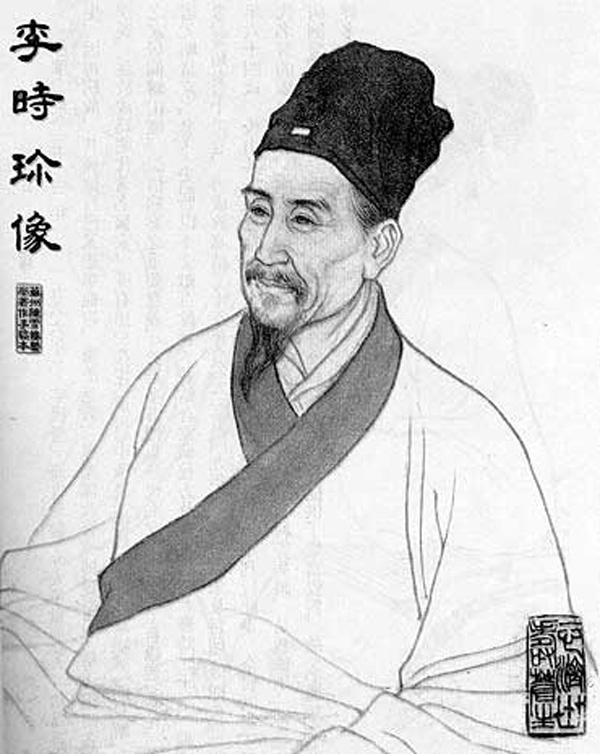
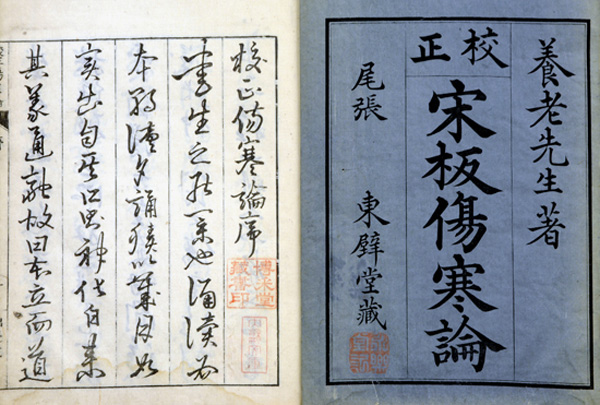
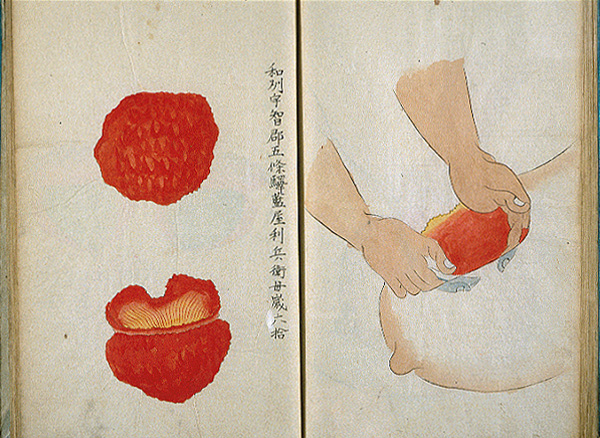
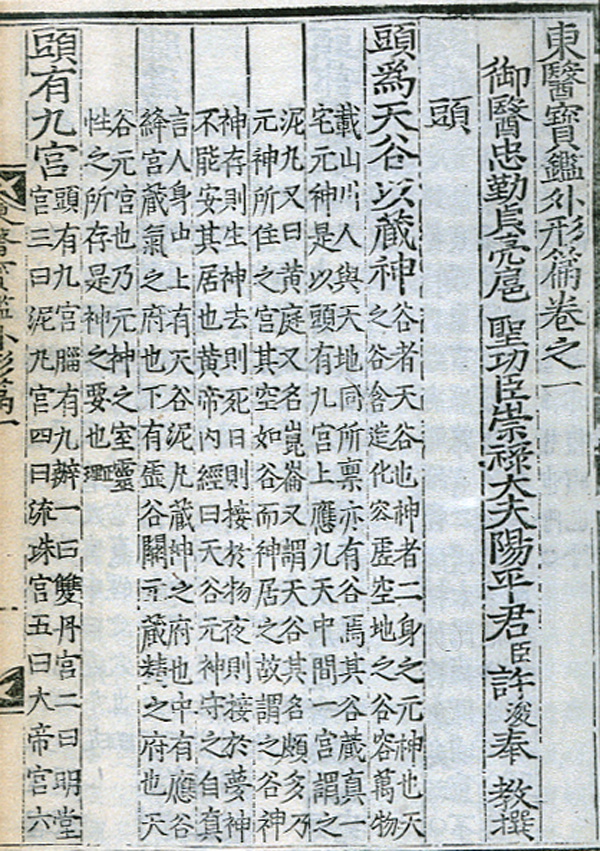
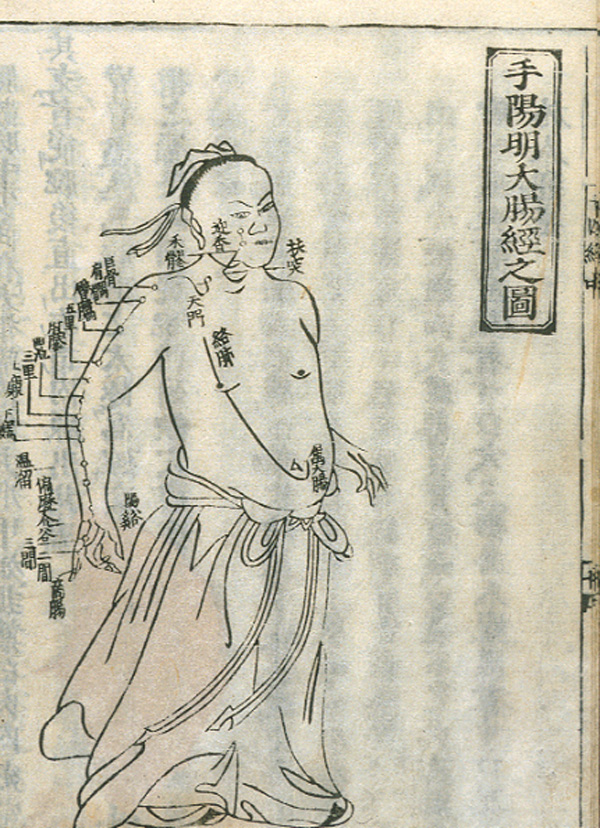
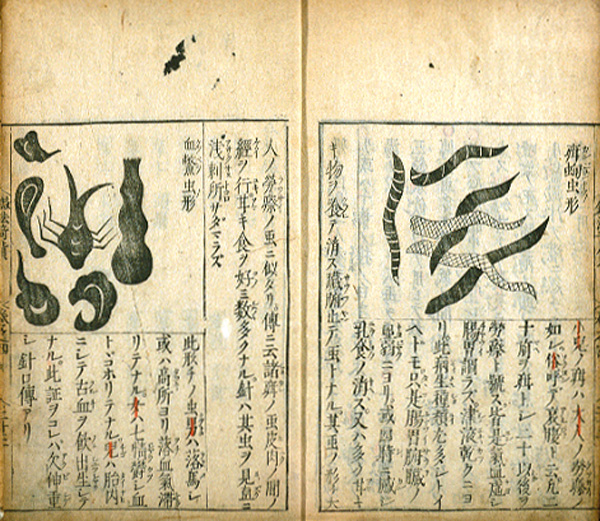
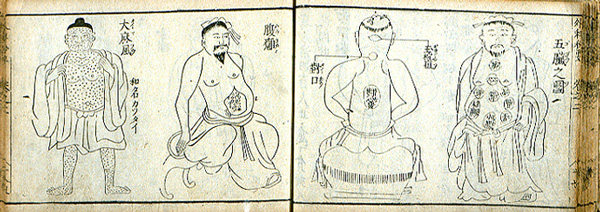
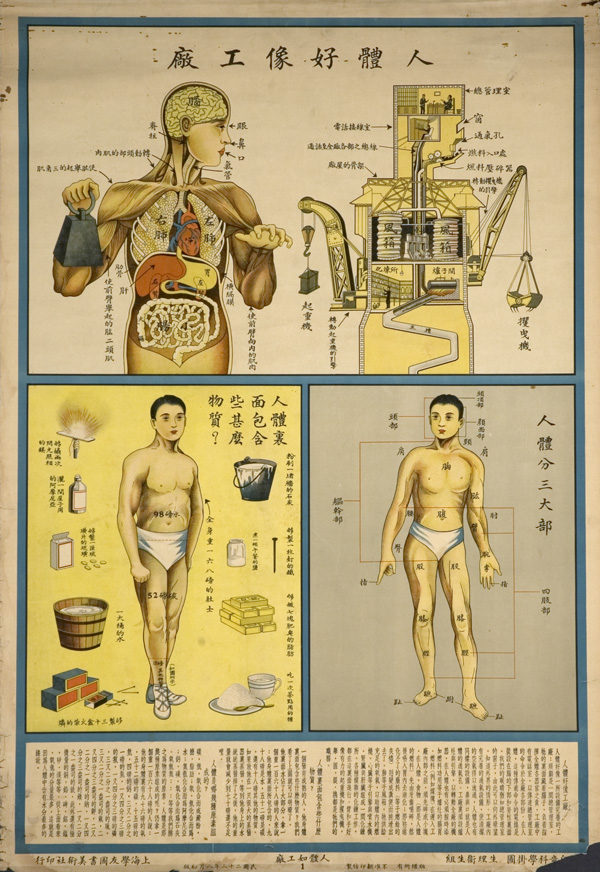
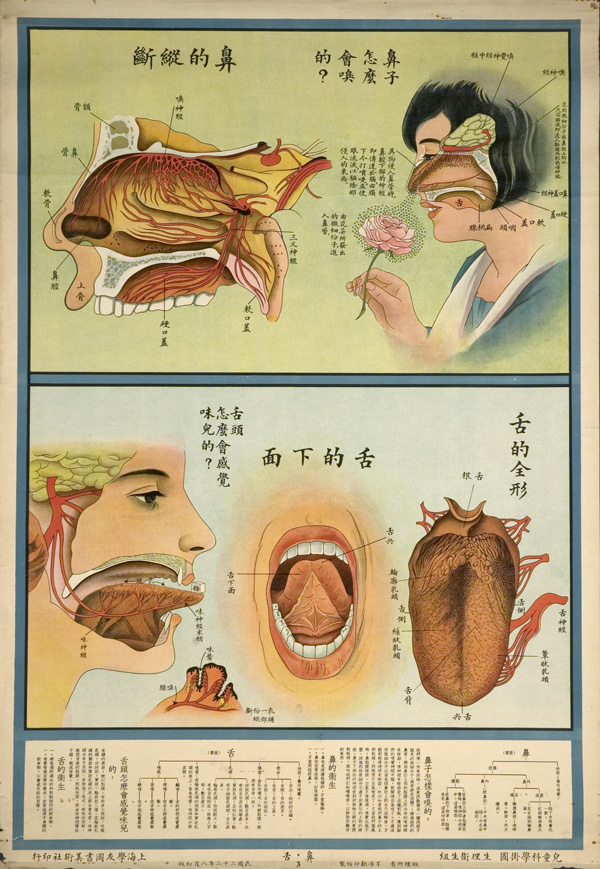
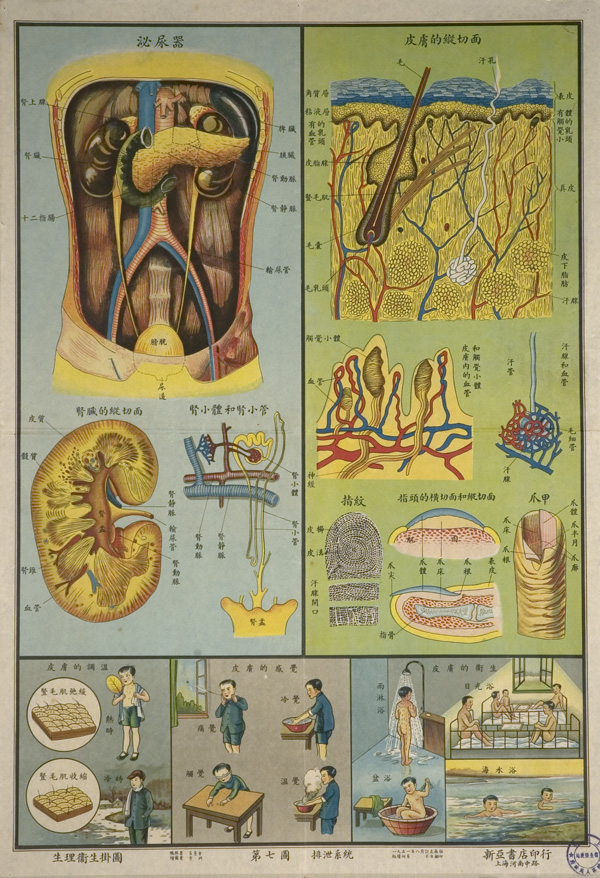
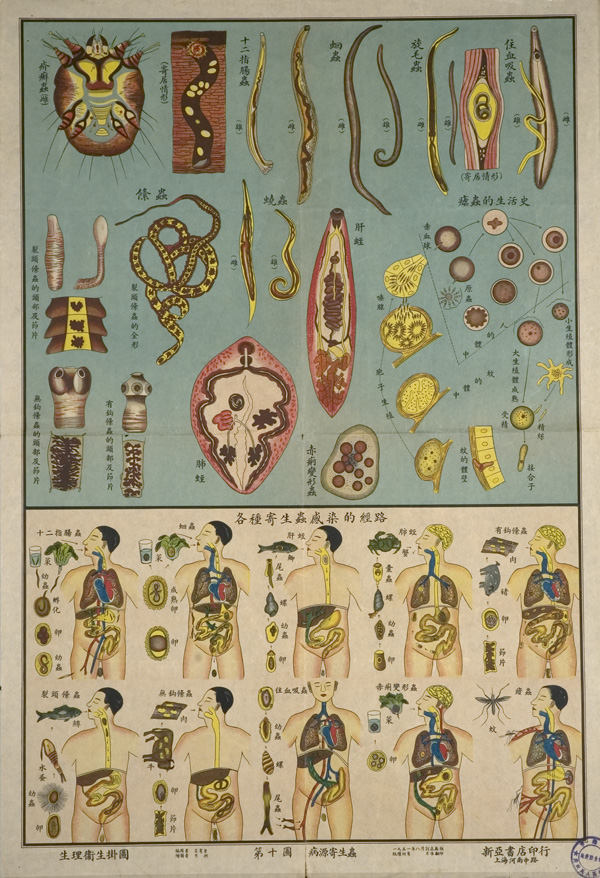
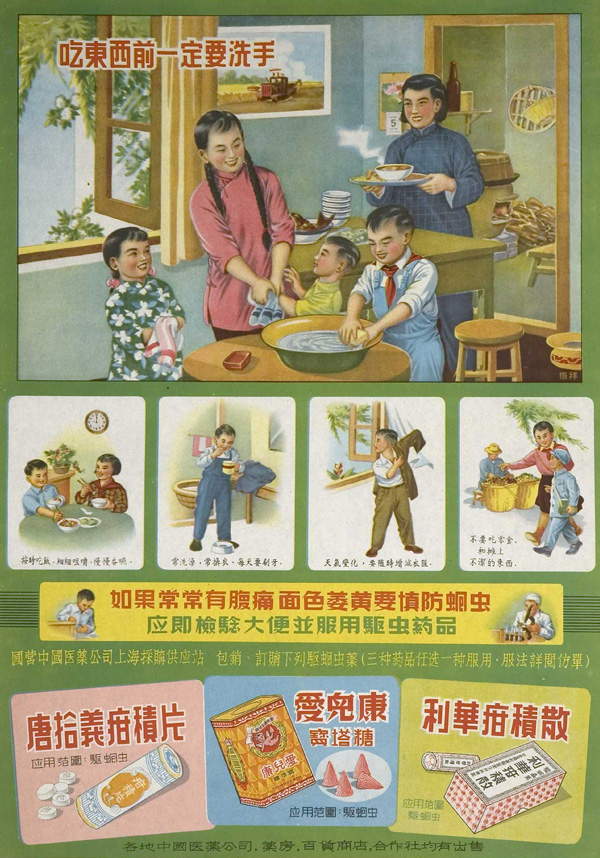
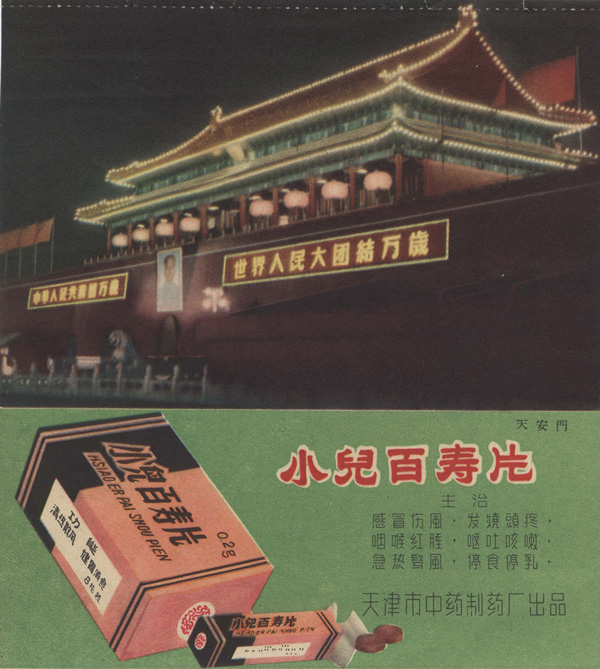
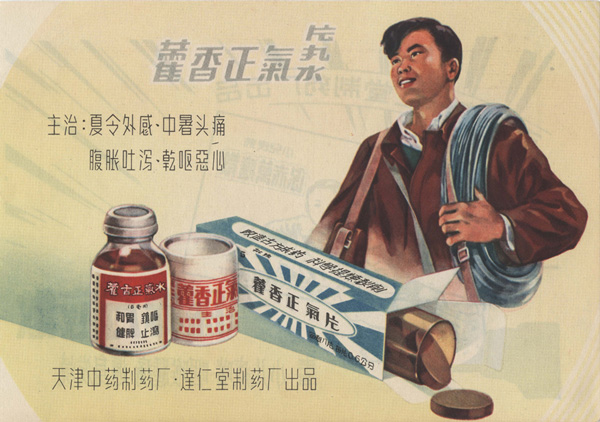
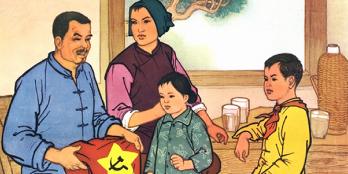 Chinese Family and Child Health Education
Chinese Family and Child Health Education
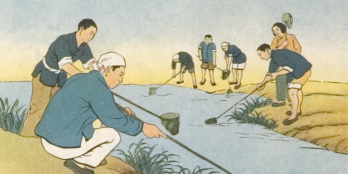 Chinese Public Health Posters
Chinese Public Health Posters
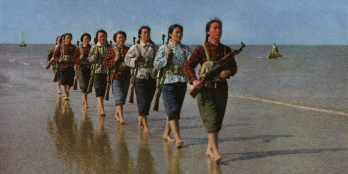 Education Resources
Education Resources